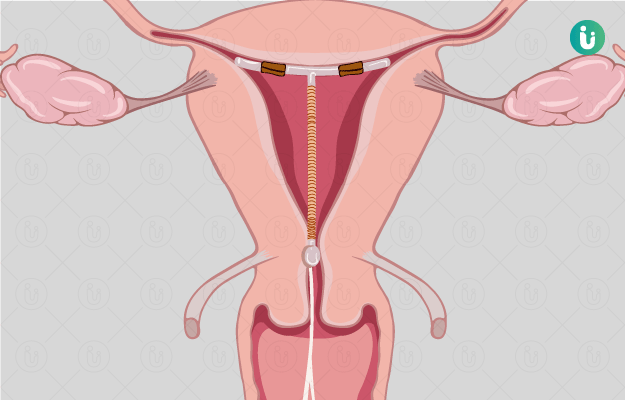If your doctor has just given you the happy news that you are pregnant with twins or triplets, you may have several questions about multiple pregnancies: How does a pregnancy like this occur? What is the best way to ensure your health and that of your babies? Are there any special steps you need to take to manage a twin pregnancy and carry it to term? What to expect in the delivery room? What to do once the babies are born? And will your babies be identical twins, or will you be able to tell them apart?
Knowing what to expect, including any risks or potential complications along the way, will help you make informed choices for you and your babies. Here is everything you need to know about multiple pregnancies.









































